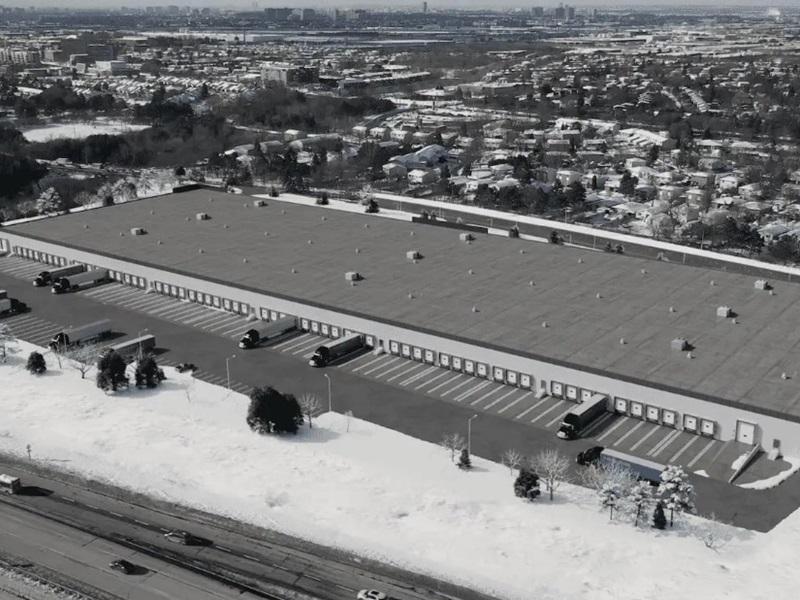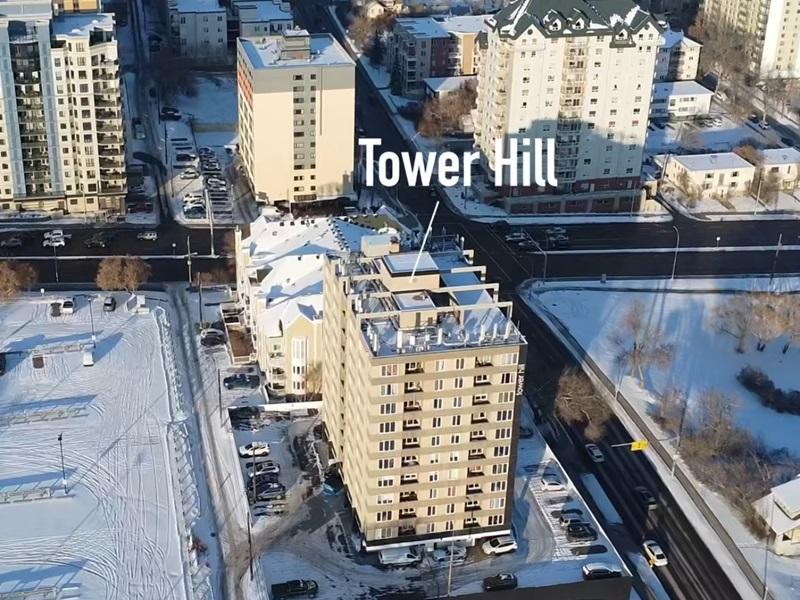
The 905 has supplanted Toronto proper as the region’s hub of condominium development, largely owing to exorbitant land costs and surging tax regimes in the core of the Greater Toronto Area.
Stubbornly elevated interest rates aren’t helping the 416, either (905 and 416 represent the region's two telephone area codes - 416 for Toronto itself and 905 for the surrounding, "suburban" regions).
“Rents in the 905 are lower than they are in the 416, but the prices are lower on a cash-down basis, so the 905 seems to make better investments,” Mark Cohen, managing partner of TCS Marketing Systems, told RENX. “Condos as an investment today don’t carry, but they come closer in the 905 than the 416, where you can forget about positive cash flow.”
Cohen said the 905 has actually outsold the 416 in recent years, despite investors habitually finishing the year in the red. However, given that appreciation horizons in the 905 condo market aren’t far behind those of the 416, falling short of monthly mortgage costs by a couple of hundred dollars is easier to absorb.
Home prices in the 905 are also high enough to raise condo values, Cohen added.
“The lion’s share of condos in any project run between $500,000 to $800,000, but you don’t want to spend $800,000 on a condo in a neighbourhood where the homes are $600,000,” he said. “Rents in the 416 don’t compensate for the difference in price like they do in the 905.”
The gap between the 416 and 905 has closed, in large part because the Places to Grow Act of 2005 mandated intensification in select hubs throughout Ontario, including many in the Greater Toronto Area.
Nearly two decades henceforward, Mississauga’s Square One, the Vaughan Metropolitan Centre (VMC) — serviced by the Toronto Transit Commission’s northern-most subway station — and Markham City Centre are among these growth centres.
While the current interest rate environment has worsened conditions, there are still active projects at the VMC, including SmartCentres REIT’s Vaughan Park Place Condos and Bravo Condos by Menkes — a prominent developer that also has projects in Mississauga and Markham — and just east of the Toronto there’s CentreCourt’s Pickering City Centre.
But Places to Grow alone hardly explains the ascension of these hubs.
Better building economics
Despite the Bank of Canada cutting its overnight lending rate by 25 basis points to 4.75 per cent on June 5, developers remain bearish on Toronto, including Crystal Homes’ president, Kathy Di Silvestro, who’s instead been bullish on Oakville for the past few years.
Not only do land prices decrease the further they are from Toronto, she said there’s much less volatility.
Citing NUVO Condos in Oakville, Di Silvestro said the local planning department worked late nights to grant permits expeditiously and, in the process, tempered Crystal Homes’ land carrying costs.
But there are other cost-effective variables too, she said.
“The levies, permit fees and planning process is much more convenient and affordable in the 905,” Di Silvstro said, adding that another NUVO-themed condo in Brampton received similar treatment. “There’s also convenience for trades, but the principal amount on financing loans is so much lower in the outlying areas.”
Lenders require condo developers to sell about 80 per cent of their projects before releasing financing. Without investors, who provide precious supply on the secondary rental market, it’s well-nigh impossible.
Gap between rents and condo carrying costs
That’s one reason Plaza Corp. — traditionally a downtown Toronto high-rise developer — is steering clear of the urban core.
Plaza’s COO Scott McLellan said building in Toronto was already onerous because of the municipal government’s increasing suite of taxes, and the protracted timelines between applying for and receiving permits. That makes carrying land even more expensive.
However, without investors, downtown high-rise projects aren’t even worth launching.
And McLellan said enticing investors to buy downtown will require substantially more than a nominal rate cut.
“(The BoC policy rate) needs to be three to 3.5 per cent for investors to consider coming back downtown,” he said. “They still get stress tested by the qualifying rate or have to test two per cent above their contract rate, but investors have multiple mortgages to carry and new investors aren’t likely to buy into such an expensive market.
"Rents in Toronto don’t carry mortgages, even with 20 per cent down.”
McLellan said investors are more likely to liquidate their downtown portfolios than grow them. And that’s exactly what Toronto investors are doing, said Isaac Quan, managing broker at Living Realty Downtown. Quan has seen an abundance of condo investments in the 416 listed on the resale market this year, and he isn’t surprised.
“Now it could be a couple of thousand dollars between rental income and mortgage costs, so the math doesn’t make sense for them buying an investment property in Toronto,” he said. “I’m hearing investors losing between $500 to $1,200 a month, and that’s when you can only hang on for so long.”
Half of condos awaiting approval are in Toronto
Robust local fundamentals bolster the rate of appreciation, like the dedicated light-rail transit system under construction along Hurontario Street in Mississauga. But that doesn’t mean there aren’t problems in that jurisdiction.
Luke Johnston, EVP of development and general council at Dunpar Homes, noted development charges in Mississauga rival Toronto’s. However, developing in the latter has been a nightmare, he added.
Dunpar is building 26 Earlington in Etobicoke, a 141-unit purpose-built rental building that the city has been contesting.
After two successful trips to the Ontario Land Tribunal — each taking 1.5 to 2.5 years — the developer is still fighting to get its building permit.
“We have all our contracts in order and we’re ready to start building, but the city won’t issue it even though we’ve been asking for it since January,” Johnston said.
Dunpar is considering legal action against the city.
Of 1.2 million units across the Greater Toronto and Hamilton Area that await rezoning or site-plan approval, 681,017 are in Toronto proper.
“The city says it wants (high-rises) but doesn’t follow through on what it said,” Johnston told RENX. “It creates policies that sound great in a perfect world, but in reality mean less units.”










